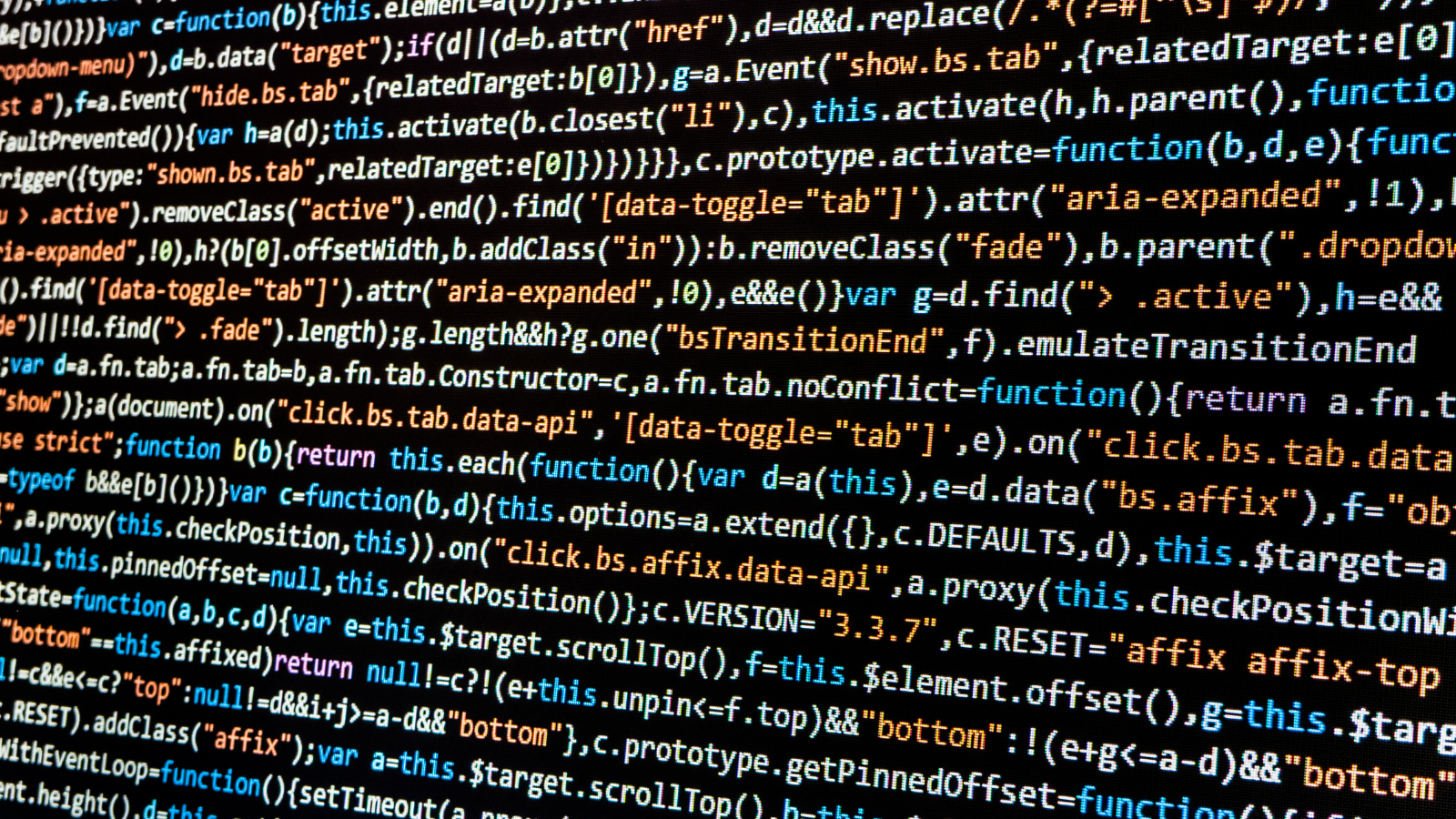Causal inference plays a crucial role in understanding cause-and-effect relationships in various fields, including data science and statistics. It allows us to draw meaningful conclusions about the impact of specific interventions or treatments on outcomes of interest. In this comprehensive guide, we will explore the fundamental concepts of causal inference and how it can be implemented using Python.
Introduction to Causal Inference
Causal inference refers to the process of determining the causal relationship between a treatment or intervention and its effect on an outcome variable. It goes beyond mere correlation and aims to establish a cause-and-effect connection. Understanding causal relationships is vital in decision-making, policy evaluation, and predictive modeling.
Understanding Causality and Correlation
Before delving into causal inference, it is essential to grasp the distinction between causality and correlation. Correlation measures the statistical association between two variables, whereas causality focuses on the impact of one variable on another. Establishing causality requires rigorous methods to account for confounding factors and alternative explanations.
The Importance of Causal Inference in Data Science
In the field of data science, causal inference enables us to answer questions like, “What is the causal effect of a marketing campaign on sales?” or “Does a new drug treatment lead to better patient outcomes?” By understanding causal relationships, we can make informed decisions, optimize interventions, and avoid erroneous conclusions based on mere correlation.
The Potential Outcomes Framework
The potential outcomes framework is a fundamental concept in causal inference. It introduces the notion of potential outcomes, which represent the hypothetical outcomes that would occur under different treatment conditions. By comparing these potential outcomes, we can estimate causal effects accurately.
Defining Potential Outcomes
Potential outcomes are the different outcomes an individual or unit could experience under various treatment conditions. For example, in a clinical trial, potential outcomes could be the health outcomes of a patient with and without a specific treatment.
Counterfactuals and Causal Effects
Counterfactuals refer to the unobserved outcomes that would have occurred if a different treatment or intervention had been applied. Causal effects are the differences between potential outcomes and represent the causal impact of the treatment on the outcome variable.
Estimating Causal Effects with Observational Data
In situations where conducting randomized controlled trials (RCTs) is impractical or unethical, observational data can be utilized to estimate causal effects. Methods such as propensity score matching and instrumental variable analysis help mitigate confounding biases and approximate causal relationships.
Randomized Controlled Trials (RCTs)
Randomized controlled trials are considered the gold standard for establishing causal relationships. They involve randomly assigning participants to treatment and control groups, allowing for a rigorous assessment of treatment effects.
Overview of RCTs
Randomized Controlled Trials (RCTs)
Randomized controlled trials (RCTs) are widely recognized as the gold standard for establishing causal relationships in scientific research. They provide a robust framework for evaluating the effectiveness of interventions or treatments. Let’s delve into the key aspects of RCTs.
Overview of RCTs
In an RCT, participants are randomly assigned to either a treatment group or a control group. The treatment group receives the intervention or treatment being evaluated, while the control group does not. Random assignment helps ensure that any differences in outcomes between the groups can be attributed to the treatment itself, rather than other factors.
Designing and Conducting RCTs
Designing an RCT involves careful planning and consideration of several factors. First, researchers must define the research question and the specific intervention being evaluated. They need to determine the sample size required to achieve sufficient statistical power and consider ethical considerations.
Next, the randomization process is crucial. Random assignment helps minimize selection bias and ensures that the treatment and control groups are comparable in terms of baseline characteristics. This randomization can be achieved using various methods, such as computer-generated random numbers or stratified randomization.
Once the randomization is complete, researchers proceed with the implementation of the intervention and data collection. They carefully monitor the participants throughout the study, collecting relevant data on outcomes of interest. It is essential to maintain blinding, where possible, to minimize biases.
Analyzing RCT Data
The analysis of RCT data involves comparing outcomes between the treatment and control groups. Statistical methods, such as hypothesis testing and confidence intervals, are employed to determine the statistical significance of the treatment effect.
Common approaches for analyzing RCT data include t-tests, chi-square tests, and regression analysis. These techniques help quantify the magnitude and direction of the treatment effect while considering potential confounding variables.
It is worth noting that intention-to-treat analysis is often employed in RCTs. This analysis includes all participants in their initially assigned groups, regardless of protocol deviations or noncompliance. This approach preserves the randomized design and provides a more realistic estimate of the treatment effect.
Causal Inference Techniques in Python
Python offers several powerful libraries for conducting causal inference analysis. These libraries provide a range of methods, including propensity score matching, instrumental variable analysis, and difference-in-differences analysis.
Introduction to Causal Inference Libraries
Causal inference libraries, such as causalinference and statsmodels, provide functions and tools to estimate causal effects using various techniques. These libraries offer user-friendly interfaces and support a wide array of causal inference methods.
Implementing Causal Inference Methods in Python
To implement causal inference methods in Python, you first need to ensure that you have the necessary libraries installed. Once installed, you can import the relevant modules and utilize the functions provided to estimate causal effects based on your data.
The process typically involves specifying the treatment variable, outcome variable, and any relevant covariates. Then, you apply the desired causal inference method, which will generate estimates and statistical measures of the treatment effect.
Challenges and Limitations of Causal Inference
While causal inference is a powerful approach, it is not without challenges and limitations. One major challenge is the presence of unobserved confounding variables that can bias the estimated treatment effects. Addressing this challenge often requires domain knowledge and careful consideration of potential confounders.
Another limitation is the assumption of no interference between units. This assumption implies that the treatment assignment of one unit does not affect the outcomes of other units. However, in certain scenarios, such as social network interventions, interference can occur, complicating the causal inference process.
Practical Applications of Causal Inference
Causal inference has numerous practical applications across various fields. In healthcare, it helps evaluate the effectiveness of different treatments and interventions. By conducting RCTs or utilizing observational data, researchers can assess the causal impact of medications, therapies, or lifestyle changes on patient outcomes.
In the realm of education, causal inference can be applied to determine the effectiveness of teaching methods, educational interventions, or policies. Researchers can examine the causal relationship between specific instructional approaches and student performance, providing valuable insights for educational reform.
Causal inference is also valuable in the field of economics. It enables economists to assess the impact of policy changes, such as taxation policies or labor market regulations, on economic outcomes. By understanding causal relationships, policymakers can make informed decisions to promote economic growth and societal welfare.
In marketing and advertising, causal inference plays a crucial role in evaluating the effectiveness of different campaigns or strategies. By conducting experiments or analyzing observational data, marketers can determine the causal impact of specific marketing tactics on customer behavior, brand perception, and sales.
Causal inference techniques are also applied in social sciences, where researchers seek to understand the impact of social interventions or policies on various social outcomes. By carefully designing studies and analyzing data using causal inference methods, social scientists can uncover the causal mechanisms underlying social phenomena and develop evidence-based recommendations.
Conclusion
Causal inference is a powerful tool that allows us to move beyond correlation and understand cause-and-effect relationships. By employing methods like randomized controlled trials and utilizing advanced statistical techniques in Python, we can estimate causal effects and make informed decisions in various fields. Understanding the principles of causal inference is crucial for researchers, data scientists, and decision-makers who strive for accurate and meaningful insights.










Leave a Reply